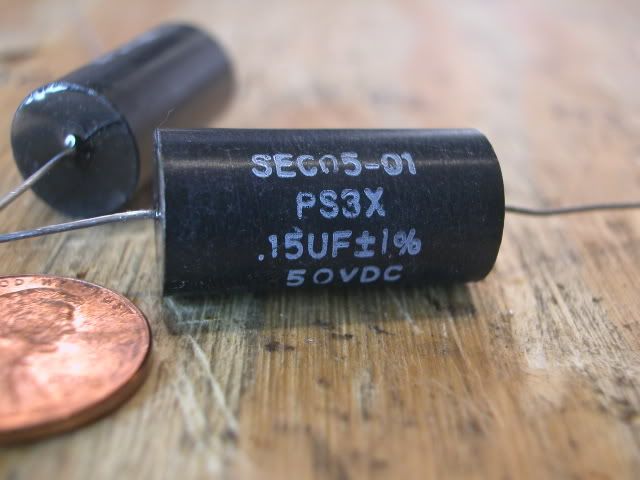Is it possible to determine a film cap's dielectric by cracking one open?
Here is a cap, and cannot find any info about. I am hoping it may be a polystyrene.
I did crack one open the other day, and it has the typical silver-coloured wrapping...so, are there any sure-fire clues ?

=FB=
Here is a cap, and cannot find any info about. I am hoping it may be a polystyrene.
I did crack one open the other day, and it has the typical silver-coloured wrapping...so, are there any sure-fire clues ?

=FB=

































